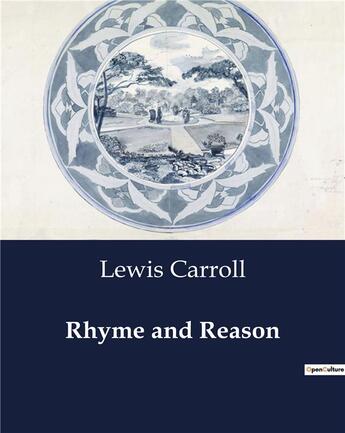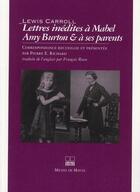-
Date de parution : 05/03/2024
-
Editeur :
Culturea
-
EAN : 9791041987955
-
Série :
(-)
-
Support :
Papier
Résumé:
"Rhyme and Reason" by Lewis Carroll is undoubtedly a whimsical and intellectually stimulating collection of poetry that showcases Carroll's mastery in wordplay and satirical wit. Published during the 19th century, this anthology affirms Carroll's status as a literary luminary known for his... Voir plus
"Rhyme and Reason" by Lewis Carroll is undoubtedly a whimsical and intellectually stimulating collection of poetry that showcases Carroll's mastery in wordplay and satirical wit. Published during the 19th century, this anthology affirms Carroll's status as a literary luminary known for his imaginative narratives and linguistic acrobatics.
In this collection, readers can anticipate a delightful fusion of clever rhymes and logical puzzles that challenge conventional thinking. Carroll, renowned for his "Alice" series, likely injects the verses with his characteristic humor and penchant for absurdity. The title "Rhyme and Reason" suggests a playful exploration of language, where the poet may bend and twist words to create amusing and thought-provoking compositions.
Carroll's use of nonsense verse, as seen in his famous poem "Jabberwocky," may be a prominent feature in this collection. Readers can expect linguistic whimsy, invented words, and perhaps even philosophical undertones that invite contemplation while entertaining.
The collection serves as a testament to Carroll's unique approach to literature, where poetry becomes a vehicle for both entertainment and intellectual engagement. Whether navigating through linguistic riddles or enjoying the sheer joy of inventive rhymes, readers are likely to embark on a literary journey that challenges the boundaries of traditional verse.
In summary, "Rhyme and Reason" by Lewis Carroll is an affirmative celebration of linguistic playfulness, intellectual curiosity, and the enduring charm of Carroll's literary legacy. This collection is a testament to Carroll's ability to weave enchanting verses that continue to captivate readers with their blend of whimsy and intellectual depth.
Donner votre avis









